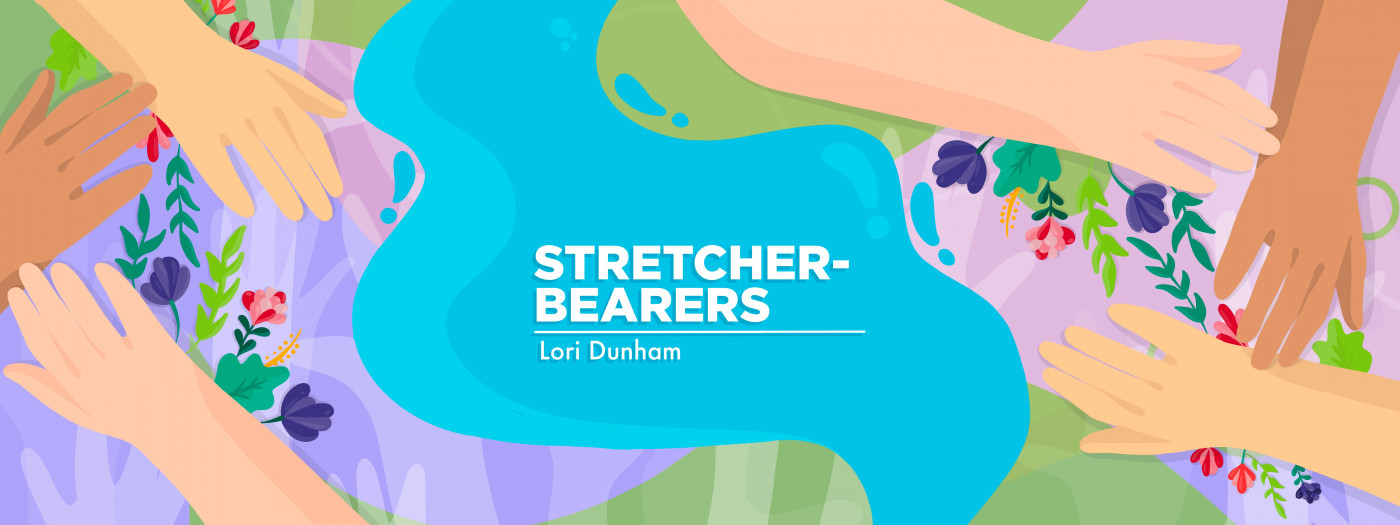Thoughts on How to Build Our Communities With Intention

I’m a student of living life with intention. That means living with the end goals in mind. Whether they’re career goals, financial goals, or relationship and parenting goals, knowing the desired outcome helps walk you toward that goal.
Some of the best parenting advice I received as a young mom encouraged me to determine what I was aiming for as a parent — to know where I wanted my arrow to go, and to aim for that mark.
Parenting with intention meant raising my children to be caring and responsible adults, teaching them to value and respect others and to uphold the moral compass our family ascribed to. One goal was to really listen to my children, to always have time for them, making eye contact with them and putting down my phone when they were talking.
Another area I needed to be intentional about was building a community. Since we raised our kids while my husband was on active duty in the U.S. armed forces, we moved around a lot. Finding community was not always easy. However, I always kept in mind the kind of community I was aiming for and worked toward that goal.
We live in an age of isolation. We’ve never been more globally connected as the human race than we are now, yet we’re lonelier and more isolated than any generation before us. We build fences around our homes and drive directly into our garages upon returning home. Suicide rates creep up with each passing year. Our children’s generation is growing up the most anxious in human history.
There is no greater argument for building a community around your family than by looking at the grim statistics of anxiety, depression, and isolation found in our communities at large. For those of us dealing with Lambert-Eaton myasthenic syndrome (LEMS), finding and building this community may be harder than it is for others.
At times, LEMS can be isolating because of the physical restrictions it sometimes places upon us. Having a lack of energy or feeling depleted after a long day at work may not leave much for those in relationship with you.
For our daughter Grace, who was diagnosed at age 14, this means intentionally inviting others into our home and seeking out and pursuing those she’s interested in getting to know. It also means creating activities that are meaningful but within her abilities and energy levels.
Our family has always found our deepest friendships within our church community. Others find their community among their work peers; some find it in their neighbors or on the streets they grew up on. It takes time to develop these relationships. However, to be really known and know others is priceless.
Many in our LEMS community cultivate relationships well. Our forums and Facebook pages are not only wonderful resources, but a great way to build friendships. Early on in our daughter’s diagnosis, I had many people through the LEMS Facebook page reach out to me and offer their advice, expertise, and friendship. Zoom calls, where we can talk face to face, are invaluable. These are all great ways to connect and build a support system. Community is also a great way to give to others since we all have something to offer in the form of friendship and support.
When I first started writing about our family’s journey with LEMS, I talked about how we all need “stretcher-bearers” in our lives — those people who, in the thick of battle, come and carry you to safety. That is what community offers. Wholeheartedly seek it out, for it is well worth the effort.
Who are your stretcher-bearers, and where do you find community?
Note: Lambert-Eaton News is strictly a news and information website about the disease. It does not provide medical advice, diagnosis, or treatment. This content is not intended to be a substitute for professional medical advice, diagnosis, or treatment. Always seek the advice of your physician or other qualified health provider with any questions you may have regarding a medical condition. Never disregard professional medical advice or delay in seeking it because of something you have read on this website. The opinions expressed in this column are not those of Lambert-Eaton News or its parent company, Bionews, and are intended to spark discussion about issues pertaining to Lambert-Eaton myasthenia syndrome.








Leave a comment
Fill in the required fields to post. Your email address will not be published.